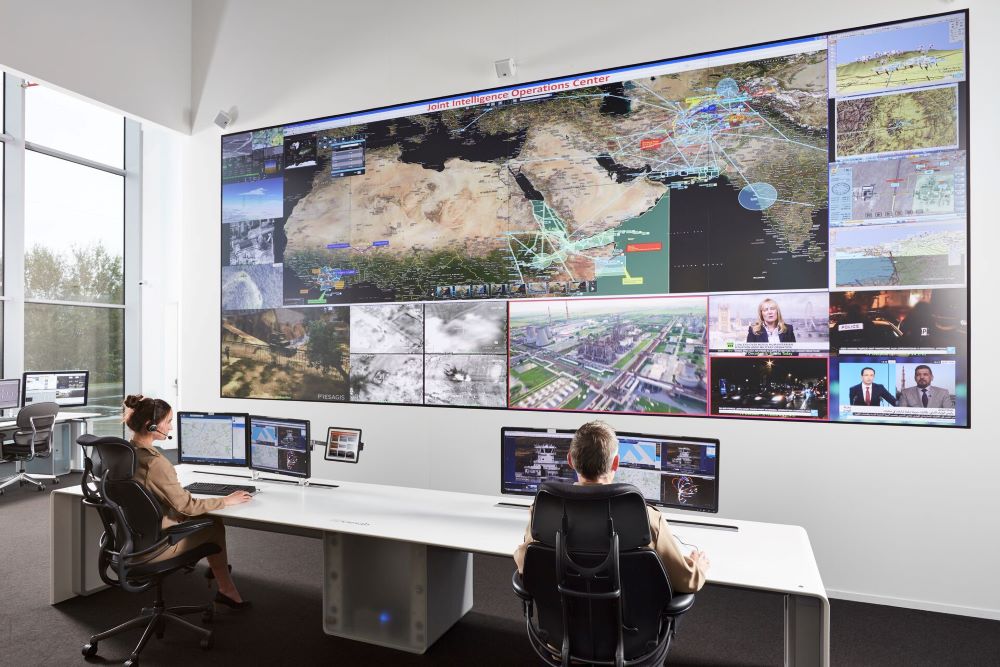Editor’s Note: This article was originally published on Dec.. 6, 2024. Since then, we updated it on August 13, 2024
Building out first-rate control room environments involves careful consideration at every stage — from initial design to ongoing service. According to Dan Gundry, Barco’s senior director of sales – Americas, the unique nature of control rooms, which range from government operations centers to healthcare command centers, demands a level of precision and reliability that goes beyond a typical AV project.
Gundry emphasizes the critical nature of control rooms. He states, “In a control room, they can’t afford downtime, as they don’t always have a backup. And, if they do, it’s not as full featured as the primary space.” Gundry emphasizes, “A control room needs to work all the time.” This sets the stage for understanding the distinct challenges that come with creating or upgrading mission-critical spaces like these.
Control Room Environments and Applications
Across the realm of control room applications, including but not limited to hospitals, college campuses and public transportation hubs, the need for reliable, 24/7 operation remains consistent. Gundry points out that live operators remain a common feature in command centers. And, whether they’re building from scratch or renovating an existing setup, integrators face unique challenges.
Gundry stresses the importance of grasping the client’s needs at a high level during the design and planning phase. He seeks to understand the client’s typical day, as well as the potential crises they may face, differentiating between “blue skies” and “gray skies” scenarios. The focus is on improving the operator experience by deploying technology solutions that enhance responsiveness and facilitate access to crucial information.
When it comes to equipment choices, Gundry advocates for a control room perspective, rather than a pro AV perspective. He notes the significance of user-friendly interfaces (not touchpanels), and he emphasizes the importance of designing videowalls for sustained operation with a focus on reliability, reducing eyestrain and overall fatigue for control room operators.
Security and access considerations are paramount, especially in environments with stringent clearance requirements. Gundry highlights the need to minimize distractions — whether from unfamiliar personnel or from unexpected incidents — in a functional, working control room. Integrators may need to adjust working hours, and they should be prepared to halt work, if necessary.
Running the Old System in Parallel
During the implementation of upgrades, Gundry recommends testing and running the new system in parallel with the existing one. This approach ensures a smooth transition, allowing operators to revert to the old system in case of any issues. Gundry emphasizes a “first time, every time” operation for control room deployments, stressing the importance of thorough pre-staging and testing, as well as selection of resilient products.
The commitment to service after the sale is crucial in control room environments, spaces in which downtime is not an option. Gundry suggests that a service level agreement (SLA) should be part of the cost, emphasizing the need for dependable ongoing support throughout the life of the control room.
In conclusion, although opportunity abounds in the control room market, Gundry underscores some specific challenges, along with potential for enhanced profitability in control room integration. He encourages a focus on designing and engineering spaces around the operator with that control room lens, prioritizing hyper-focused, intentional execution to ensure the highest quality results for end users.










